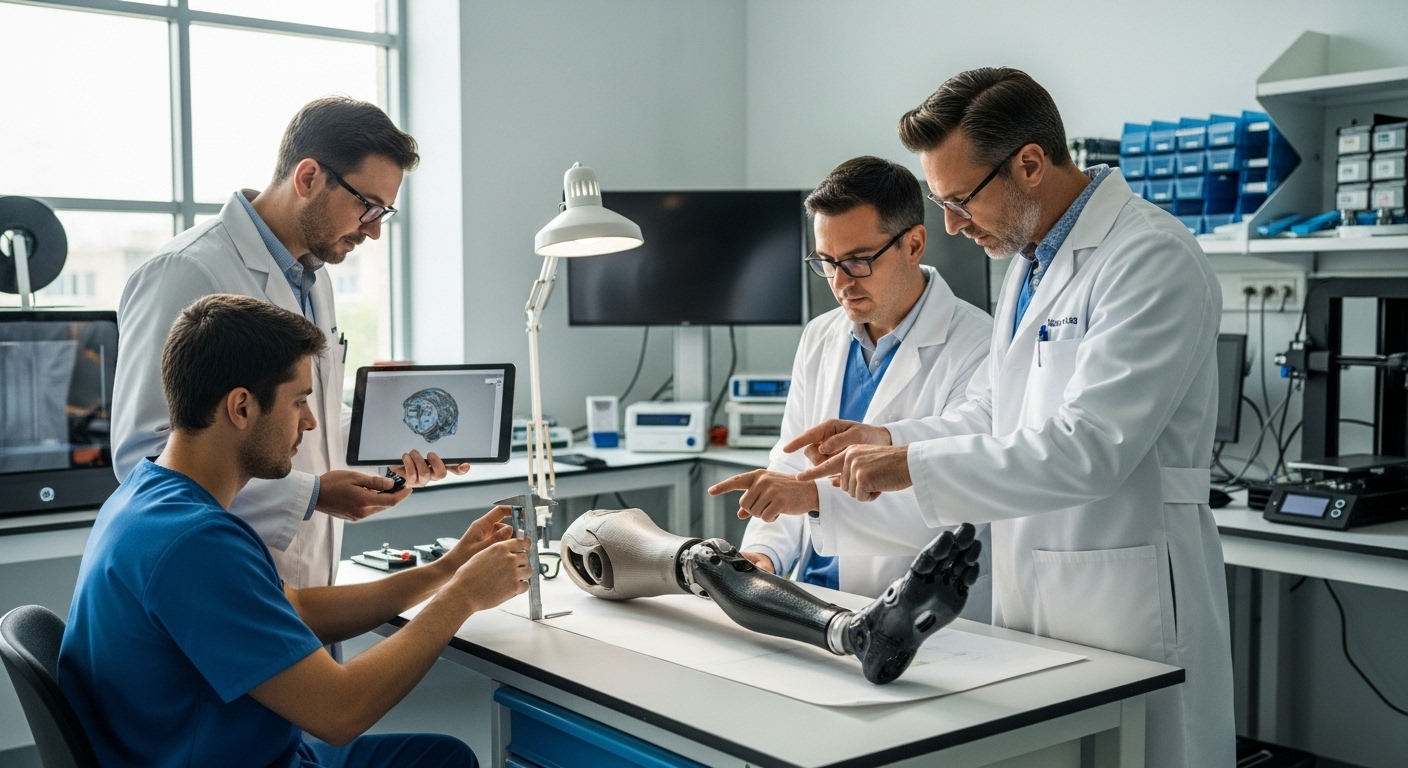Introduction
In the realm of healthcare, precision can be the difference between life and death. As medical technologies evolve, 3D printing has emerged as a revolutionary force—delivering faster, cheaper, and more personalized healthcare solutions. From printed organs in development to custom surgical implants already in use, 3D printing is quite literally saving lives.
The Role of 3D Printing in Modern Healthcare
3D printing in medicine involves creating three-dimensional objects—such as models, devices, and implants—based on digital files derived from CT scans, MRIs, or CAD software. The medical field has embraced this technology across several high-impact areas:
🦴 Custom Implants and Prosthetics
- Tailored perfectly to the patient’s anatomy
- Shorter surgery times and better post-op recovery
- Commonly used in orthopedics, dental, and craniofacial surgery
🫀 Pre-Surgical Planning Models
- Surgeons can practice complex procedures on life-size 3D-printed organ replicas
- Increases precision and minimizes risk during real operations
💉 Patient-Specific Surgical Tools
- Custom guides and instruments are printed to fit individual patients
- Speeds up procedures and reduces the margin of error
🧬 Bioprinting and Tissue Engineering
- Researchers are working on printing tissues and even organs using bio-inks
- Though not yet widely available, it opens the door to lab-grown transplant materials
🌍 Affordable Solutions in Remote Regions
- 3D printing enables the creation of affordable prosthetics and tools in areas with limited access to traditional manufacturing or logistics
Life-Saving Examples
🏥 Case Study: 3D-Printed Airway Stent Saves Infant’s Life
Doctors at the University of Michigan used a 3D printer to create a bioresorbable tracheal splint for a baby suffering from tracheobronchomalacia. The custom device kept the airway open—and eventually dissolved safely into the body.
💀 Case Study: 3D-Printed Skull Implant
A Dutch woman received a full skull replacement with a 3D-printed implant, tailored to her exact measurements, improving both aesthetics and quality of life post-surgery.
Sustainability and Speed in Healthcare
- Reduced waste: Tools and implants are printed on demand, minimizing surplus.
- Fewer repeat surgeries: Custom parts fit better and last longer.
- Rapid response in crises: During the COVID-19 pandemic, 3D printing was used to produce face shields, ventilator parts, and nasal swabs rapidly and locally.
Regulatory and Ethical Considerations
- FDA Approval: Devices must meet strict biocompatibility and safety standards.
- Patient Data: Use of personal medical scans in modeling requires tight privacy controls.
- Future of Bioprinting: As organs are printed, ethical questions about access, ownership, and consent will need to be addressed.
Conclusion
3D printing is redefining what’s possible in medicine—bridging the gap between innovation and impact. As the technology matures, its applications in diagnostics, treatment, and even regenerative medicine will only expand.


